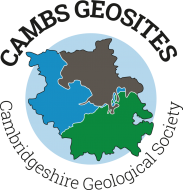Two walks
(45 & 46) If you would like to help with the development of these walks, please get in touch.
The Fen Edge Trail will link with both the Whittlesey Town Trail and the Whittlesey Way and also the Hereward Way, a long distance path linking Ely and Peterborough, which passes through Whittlesey.
For a key to the geology see the British Geological Survey map viewer.
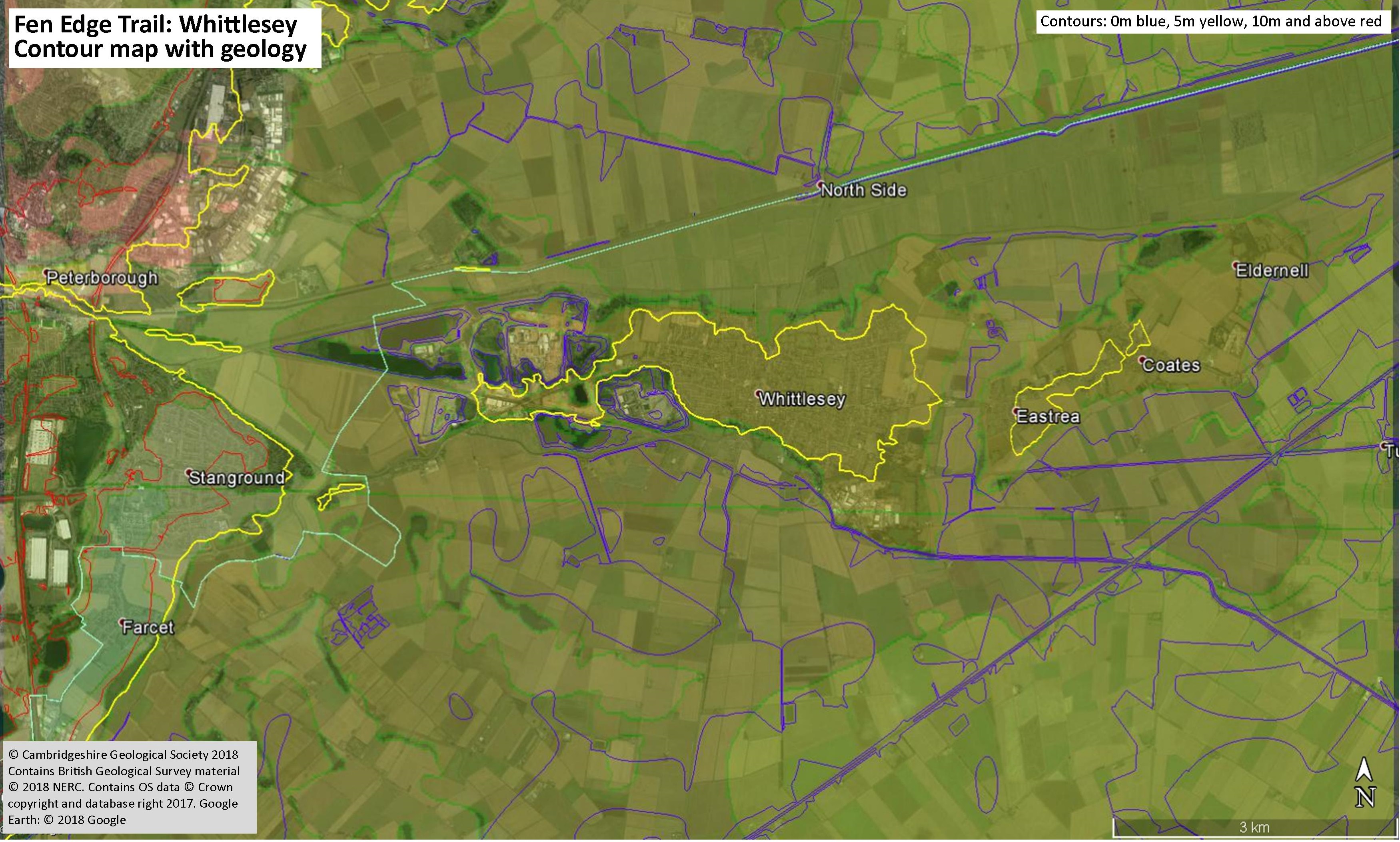
If you fancy going fossil hunting, you can do so at the Kings Dyke Nature Reserve where Jurassic Oxford Clay has been quarried for use in the famous brickworks next door. The Reserve gives you the chance of finding your own piece of Jurassic wildlife from the ‘spoil heaps’ that the company provide for the public to search through. Information boards give details of the fossils and the current wildlife living at the reserve. There are also great views of the brickworks as you walk down to the fossil area and you can see the quarry where some historic finds were made – now in Peterborough Museum.
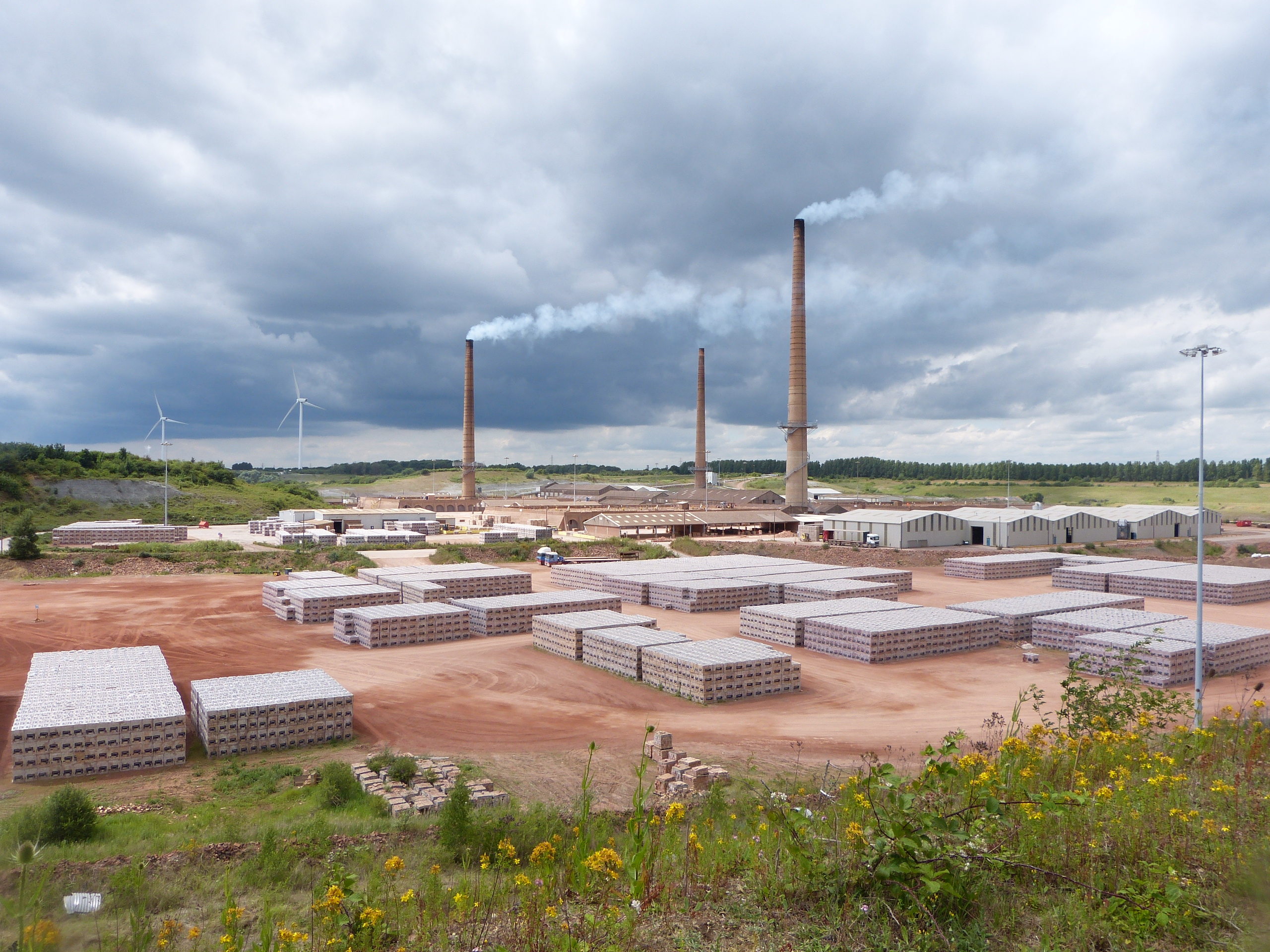
In 1994, a new genus of pliosaur was discovered at Kings Dyke quarry, by Alan Dawn, from Peterborough Museum. Largely complete, the skull and cervical vertebrae were almost perfectly preserved. This was Pachycostasaurus dawnii and provided new data on plesiosaurian evolution.
Kings Dyke is adjacent to the fantastic Must Farm Bronze Age site – which reveals some of the recent (Holocne) geological and landscape history of the area.
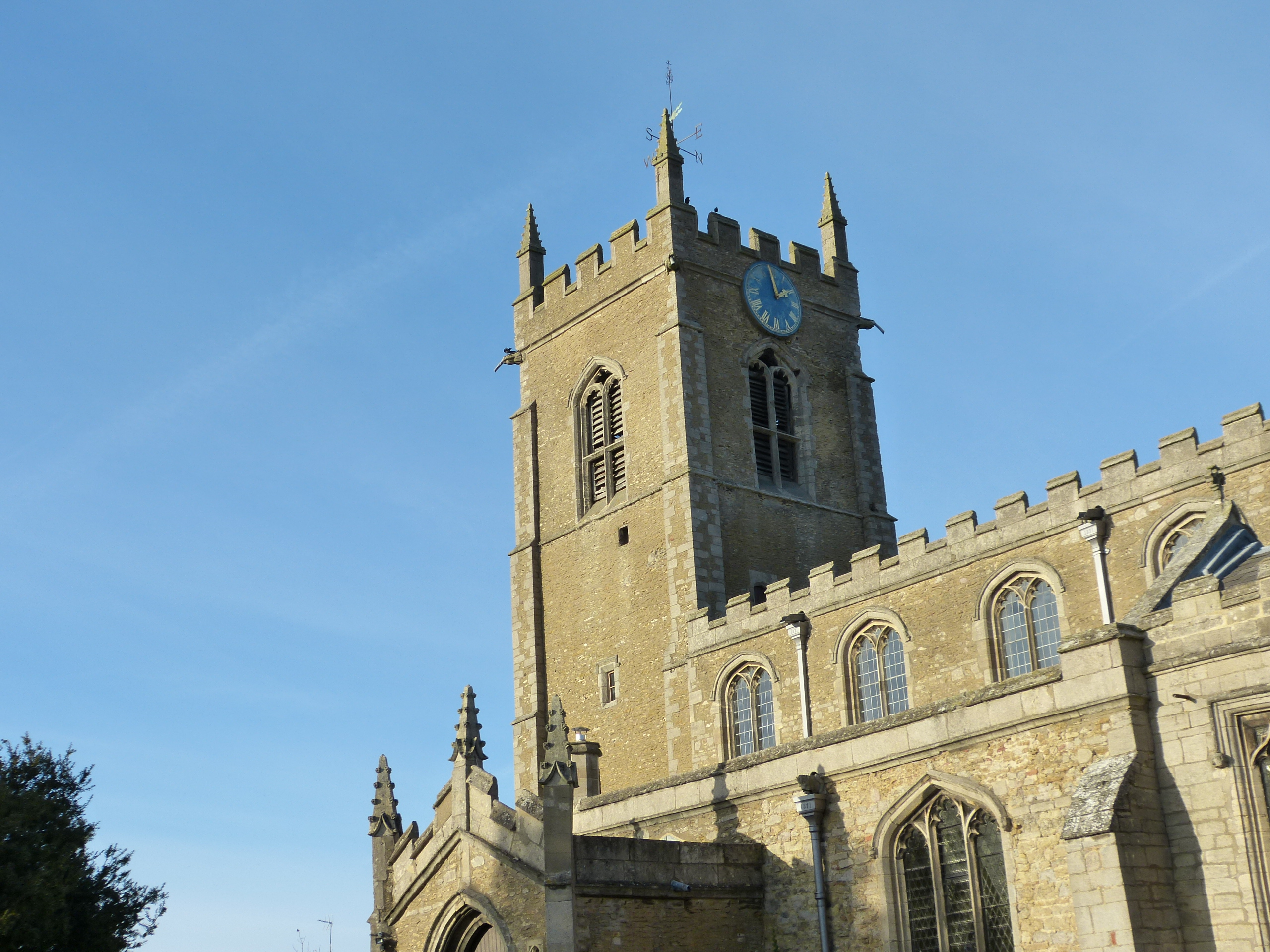
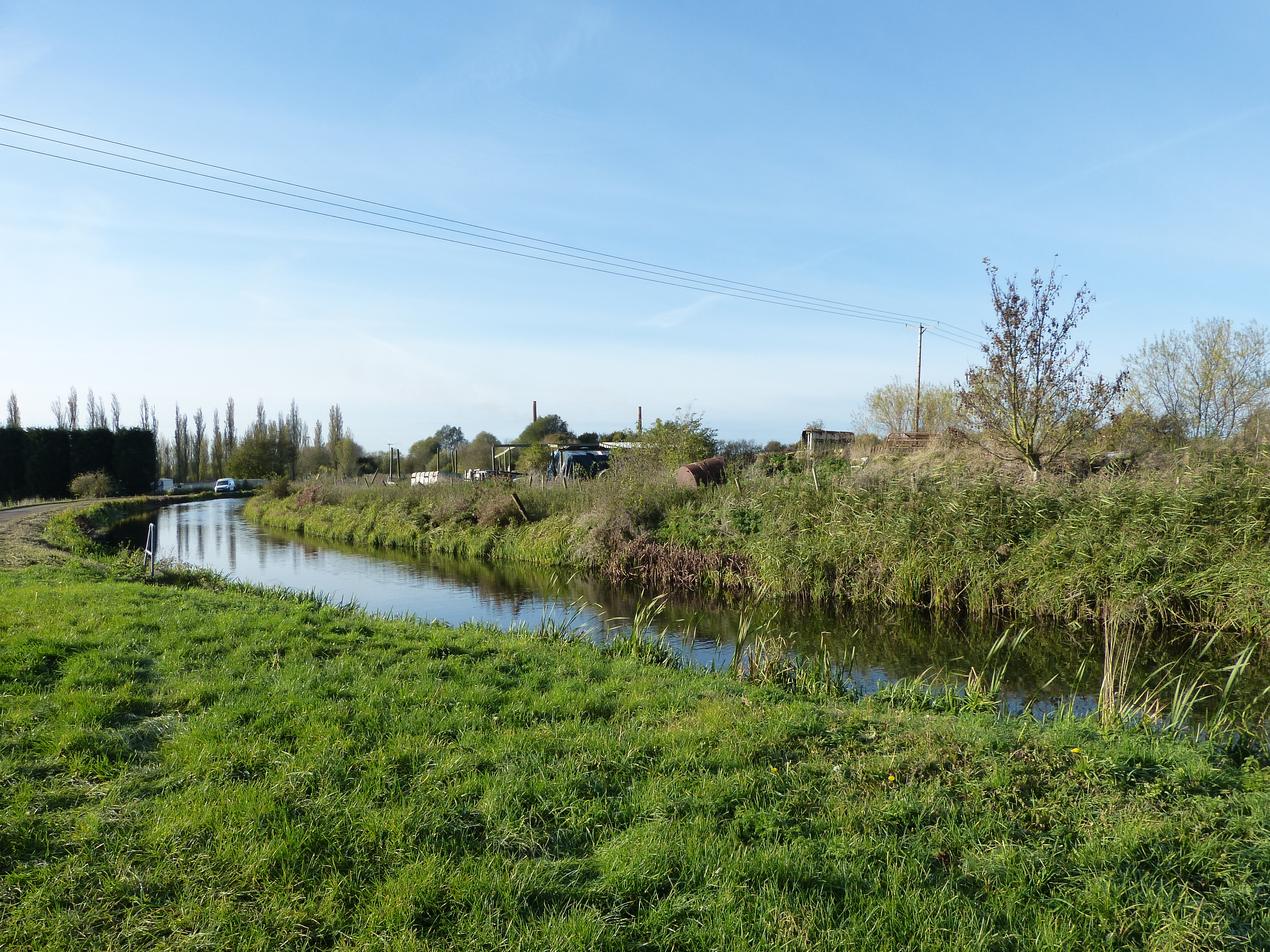
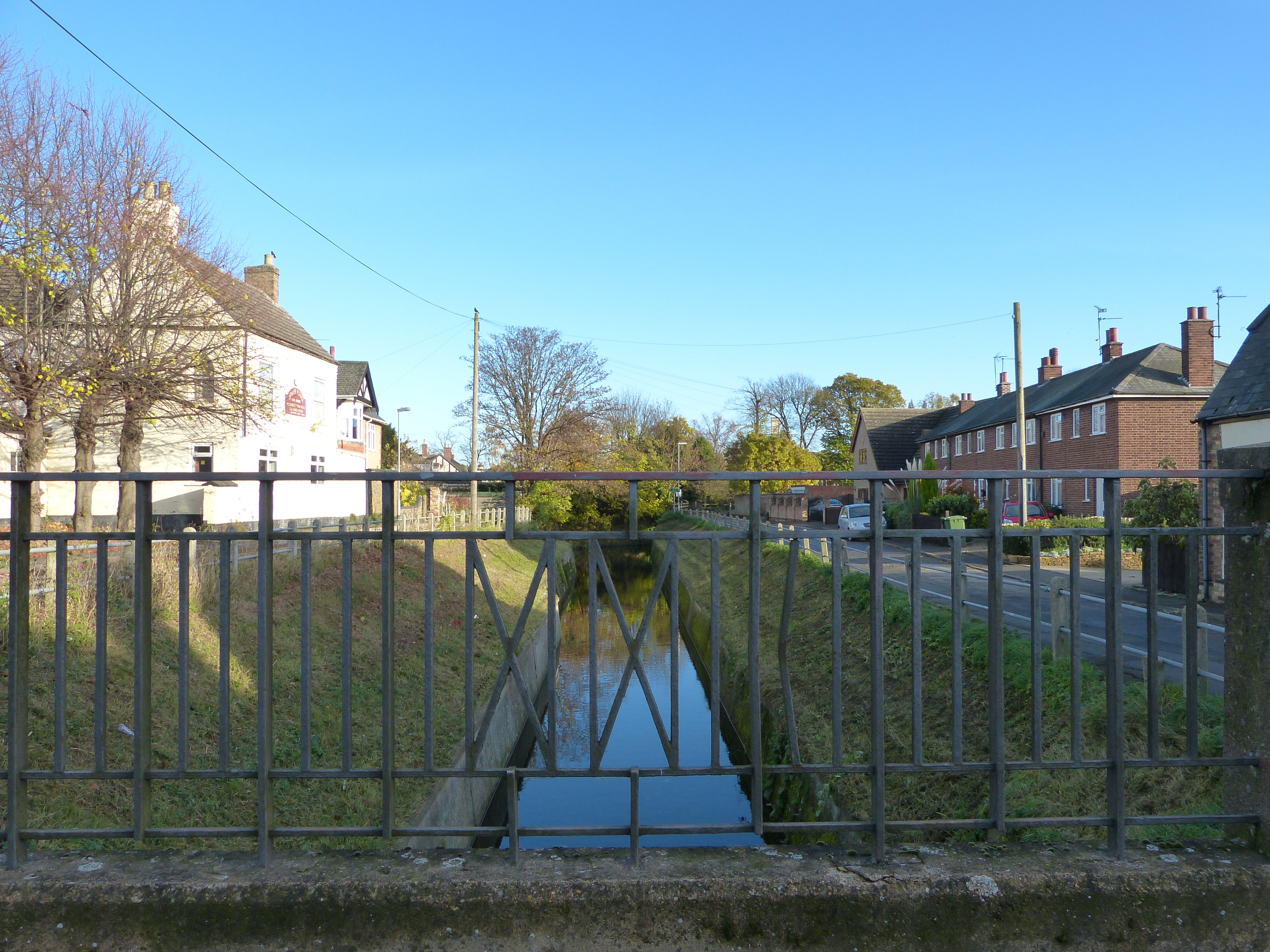
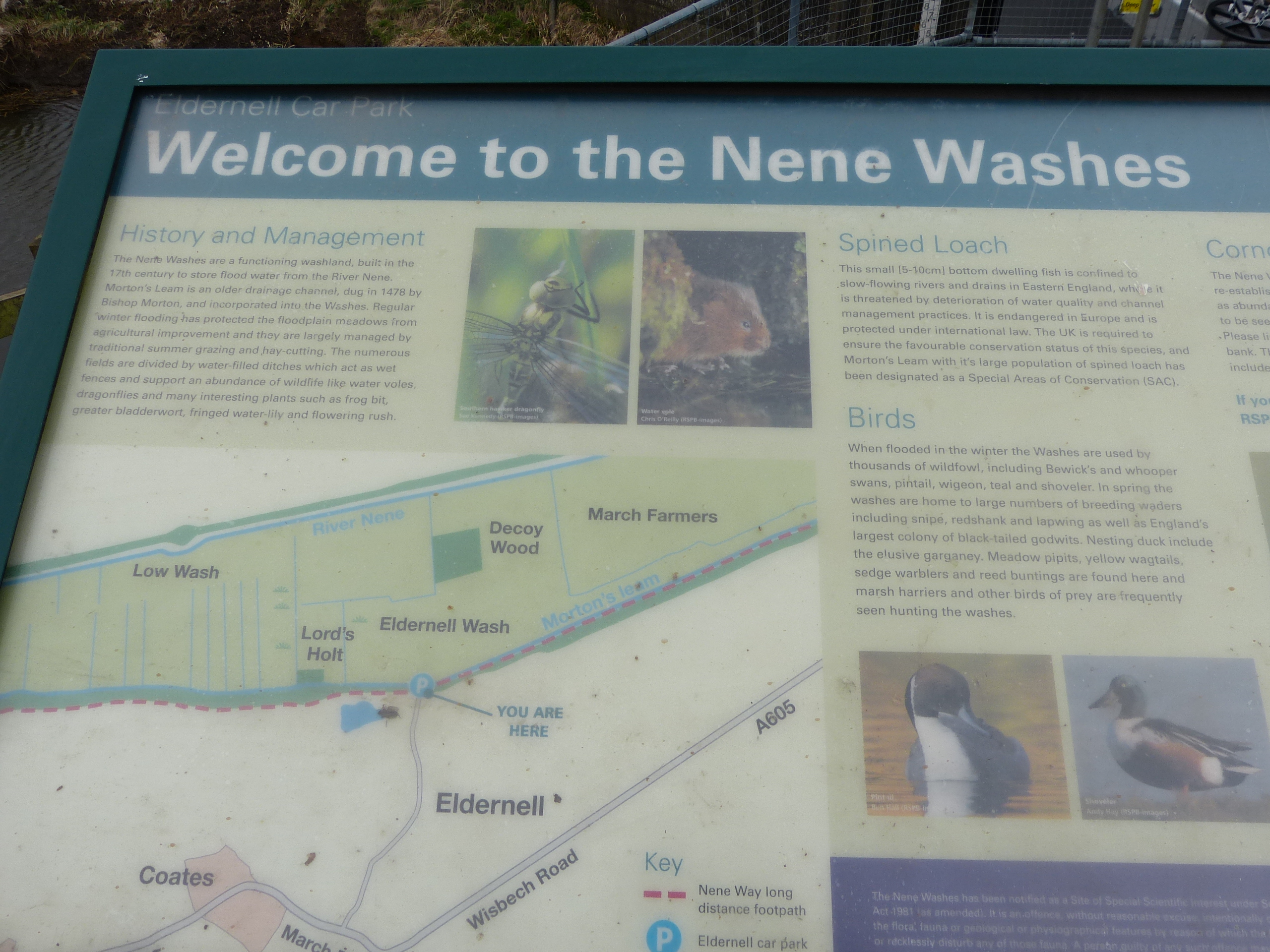
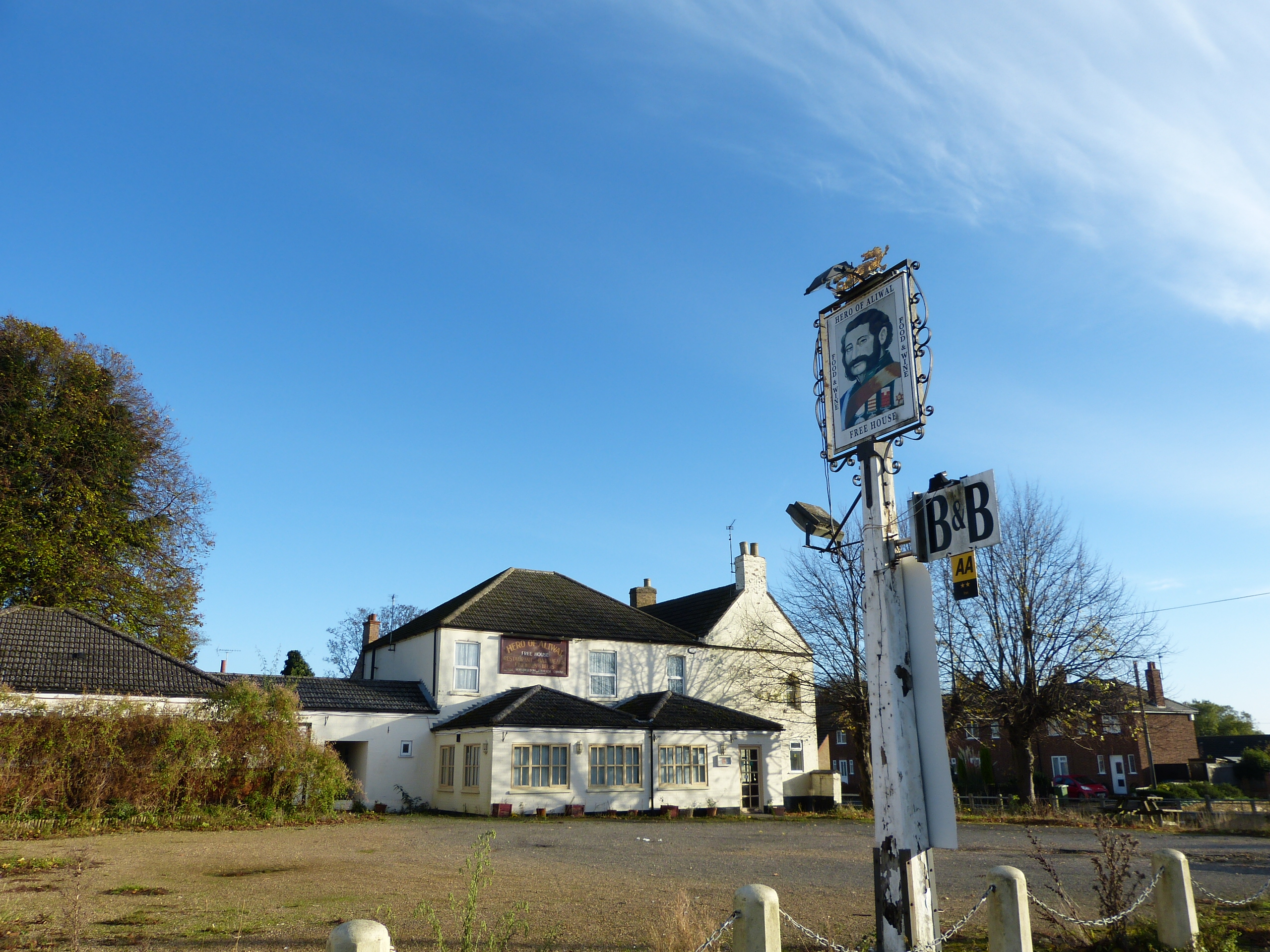
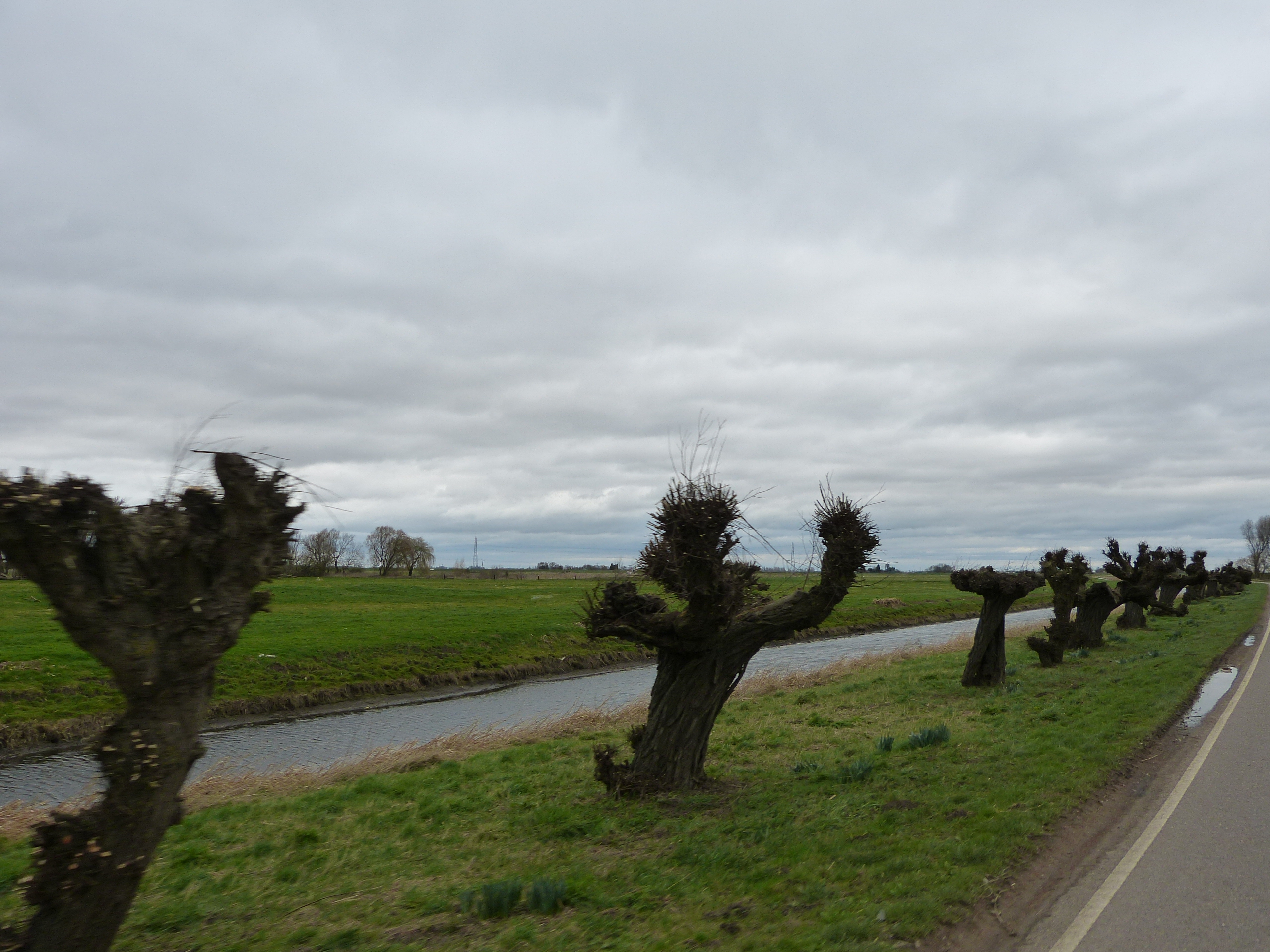
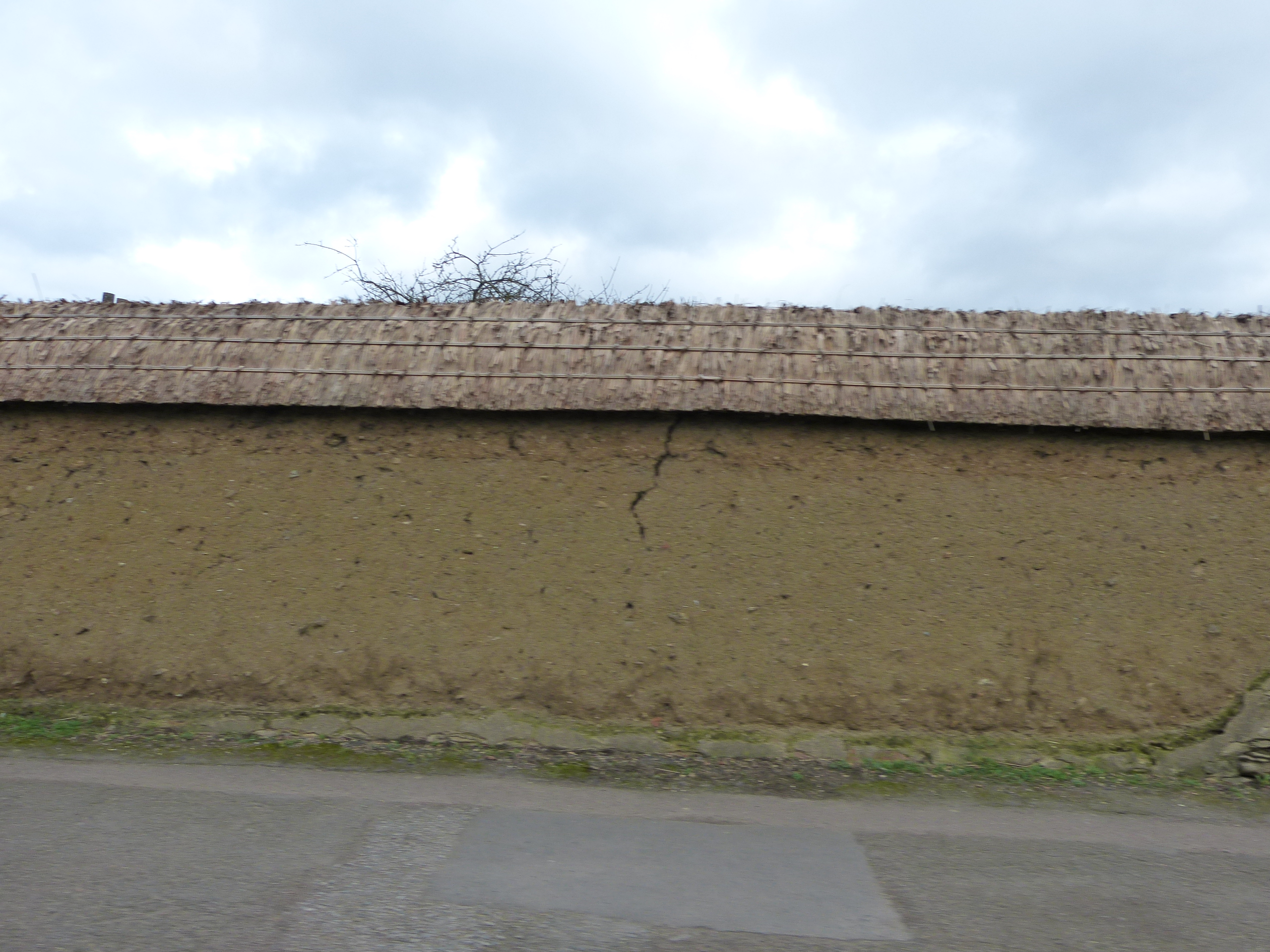
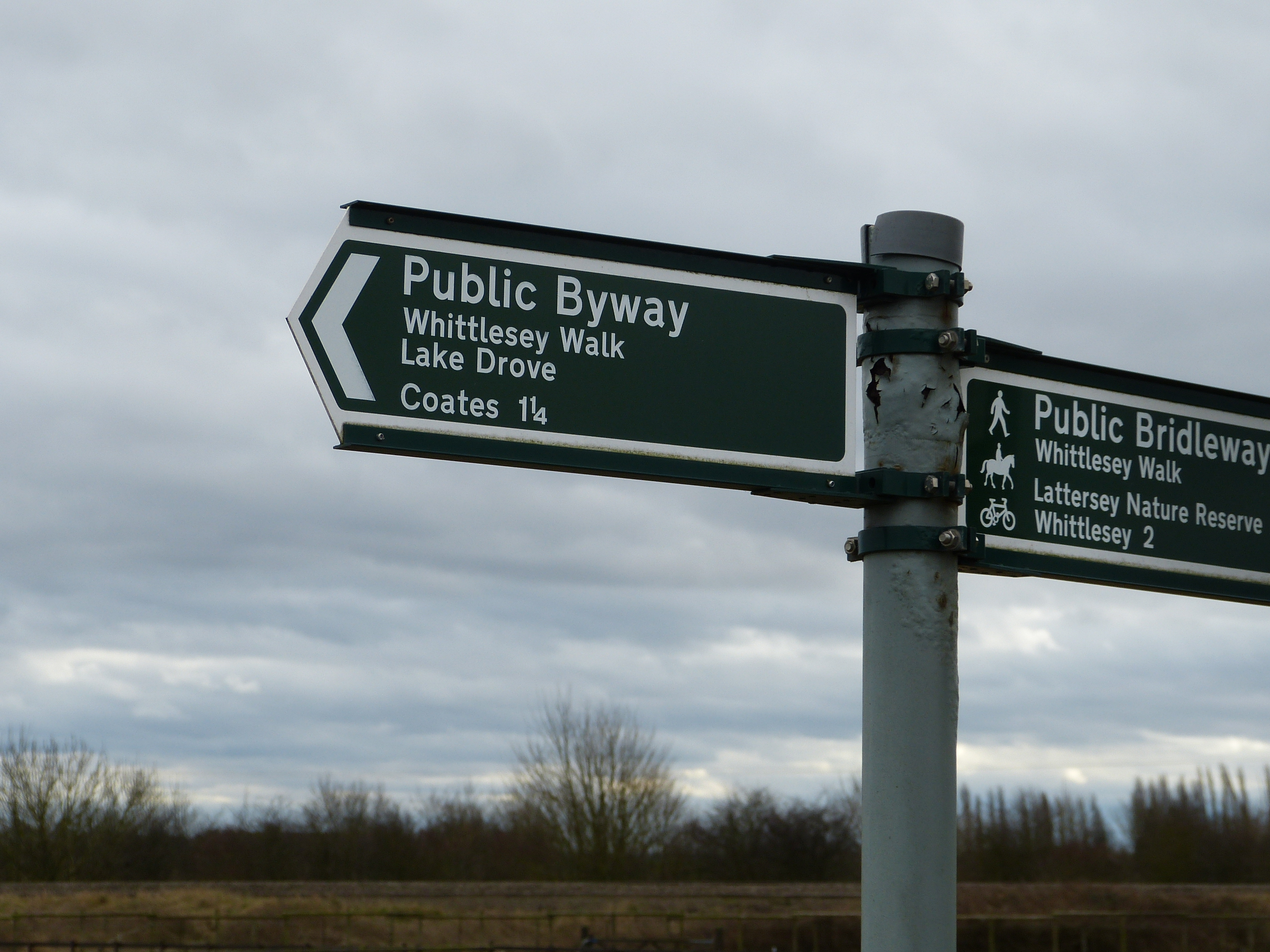
© Cambridgeshire Geological Society

